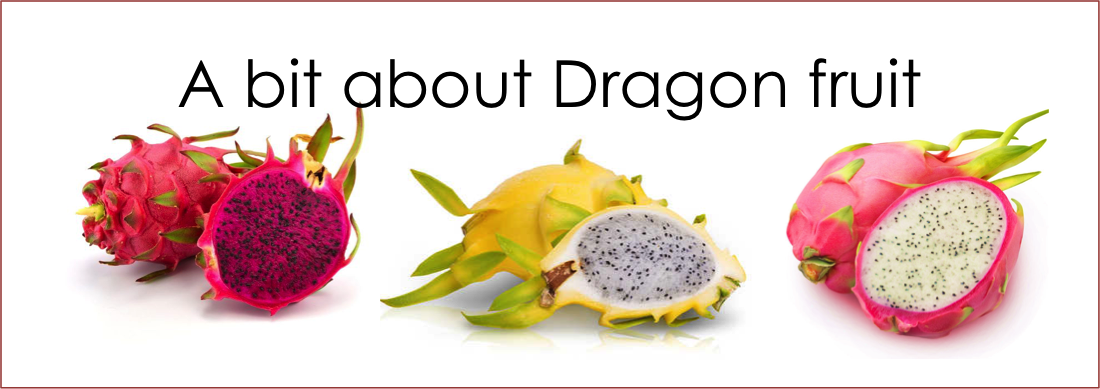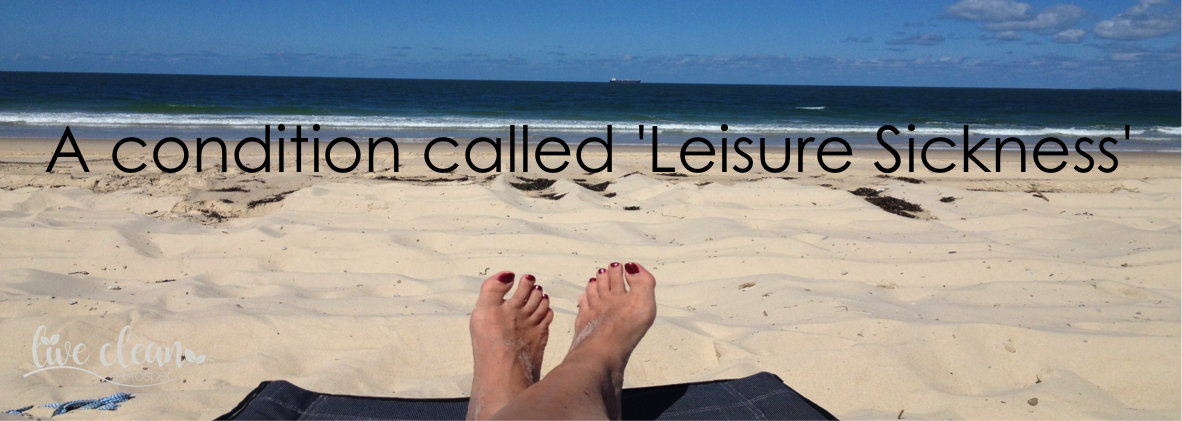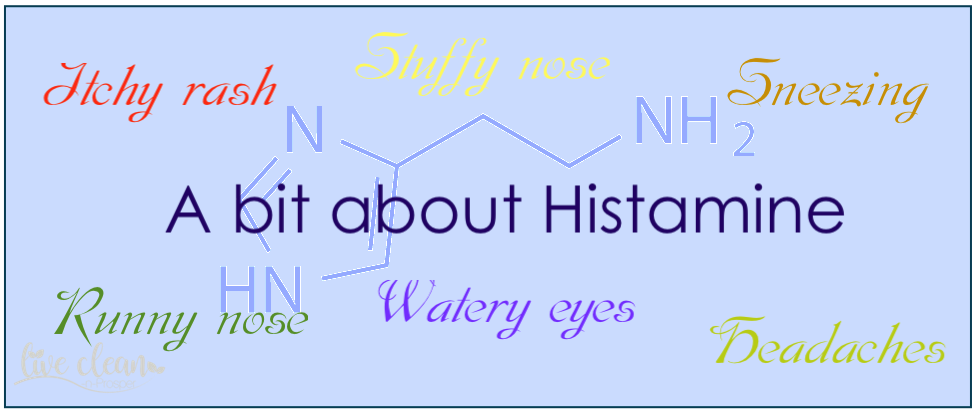Todays post is about Dragon Fruit.
A friend of mine has given me a cutting of a dragon fruit plant and we are looking forward to growing our own. I will share what I know and also what I have researched about this strange looking fruit.
So, what is Dragon Fruit?
Dragon fruit is the fruit of several types of cactus that are indigenous to South America. It is cultivated throughout tropical and subtropical regions of the world including Southeast Asia, the Caribbean, Florida in the United States and Australia.
The English name “dragon fruit” has its origin from around 1963, due to the leather-like skin and prominent scaly spikes on the outside of the fruit. Theses fruits are also known as pitaya, strawberry pear, cactus fruit, Kaktus madu, night-blooming cereus and Belle of the night.
There are 3 different types of dragon fruit all with slightly leafy looking, leathery skin.
Pitaya blanca or white-fleshed fruit has pink skin with white flesh. This is the variety most commonly seen.
Pitaya roja or red-fleshed fruit has red skin with red flesh.
Pitaya amarilla or yellow fruit has yellow skin with white flesh.
The fruit normally weighs from 150 to 600 grams; some may reach up to 1 kilogram. It is usually juicy with a slightly sweet taste that some people describe as a cross between a kiwi, a pear, and a watermelon. The texture closely resembles kiwi fruit and the seeds have a nutty flavour.
Is it a healthy fruit?
Dragon fruit has many potential health benefits. It is low in calories but rich in vitamin C, minerals, fibre and contains several types of potent antioxidants.
The antioxidants Beta-carotene and lycopene are the plant pigments that give the fruit its vibrant colour. These natural substances protect the cells from damage by free radicals that can lead to diseases like cancer and premature ageing.
Dragon fruit is one of the few fresh fruits that contain iron. Iron is important for moving oxygen through the body and breaking down food into energy. And the vitamin C in dragon fruit helps the body take in and use the iron.
The fruit contains it’s own specific type of prebiotic called dragon fruit oligosaccharide (DFO).
A recent study suggested that DFO changed the composition of the gut micro biota by increasing the beneficial bacteria. The DFO also had the ability to stimulate immune-related genes. These and other helpful bacteria can kill disease-causing viruses and bacteria. They also help digest food and strengthen the immune system.
Dragon fruit is also a great source of magnesium, a nutrient needed for over 600 biochemical reactions in the body.
It’s naturally fat-free and high in fibre.
This surprisingly healthy fruit can be eaten on it’s own or added to salads, smoothies and yogurt. We are looking forward to being able to eat our own homegrown dragon fruit in the future.
Till the next post,
Live clean n prosper.
Sources – ( Healthline – WebMD – Science Direct )



